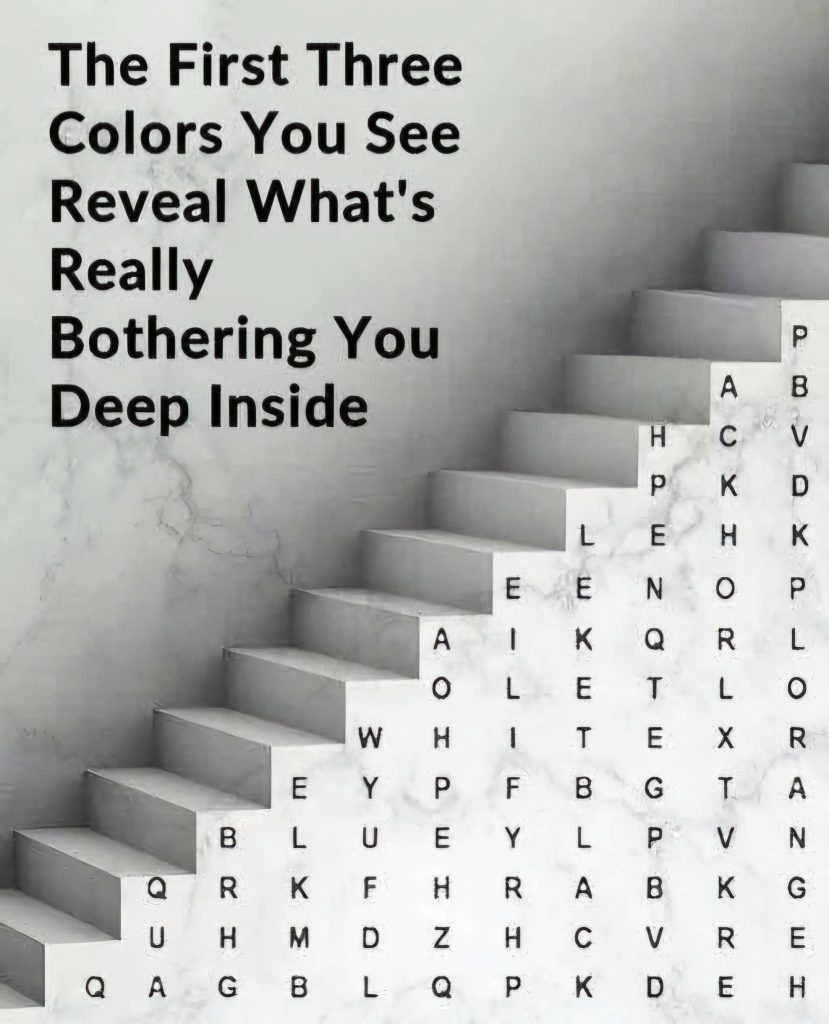Our subconscious often sends us messages in strange ways, one of which is through what we first notice in our environment. A great example of this is how we perceive colors. Colors are widely recognized for their ability to evoke emotional reactions and carry significant psychological meaning. They frequently reflect our inner conflicts and hidden feelings.
Which Colors Stand Out to You Most?
When you’re asked to pick the first three colors you notice in an image, your selections reveal more than just preferences—they tell a story about your current emotional state and underlying concerns. Let’s explore what these colors mean and how they mirror the deeper feelings you might be experiencing beneath the surface.
Unpacking Red: When Anger and Passion Take Center Stage

If red was the first color you noticed, it could suggest that you’re carrying deeply suppressed anger, frustration, or resentment. This vibrant hue often symbolizes unresolved conflicts and internal struggles, particularly those involving expression and control. It may mean you’re holding onto past hurts or experiences that continue to weigh on you.
To restore your inner calm, it’s essential to find healthy ways to release this tension. Whether through exercise, open and honest conversations, or creative activities, focusing your energy can help. As the saying goes, “Holding onto anger is like drinking poison and expecting the other person to die.”
Blue’s Message: When Sadness Feels Overwhelming
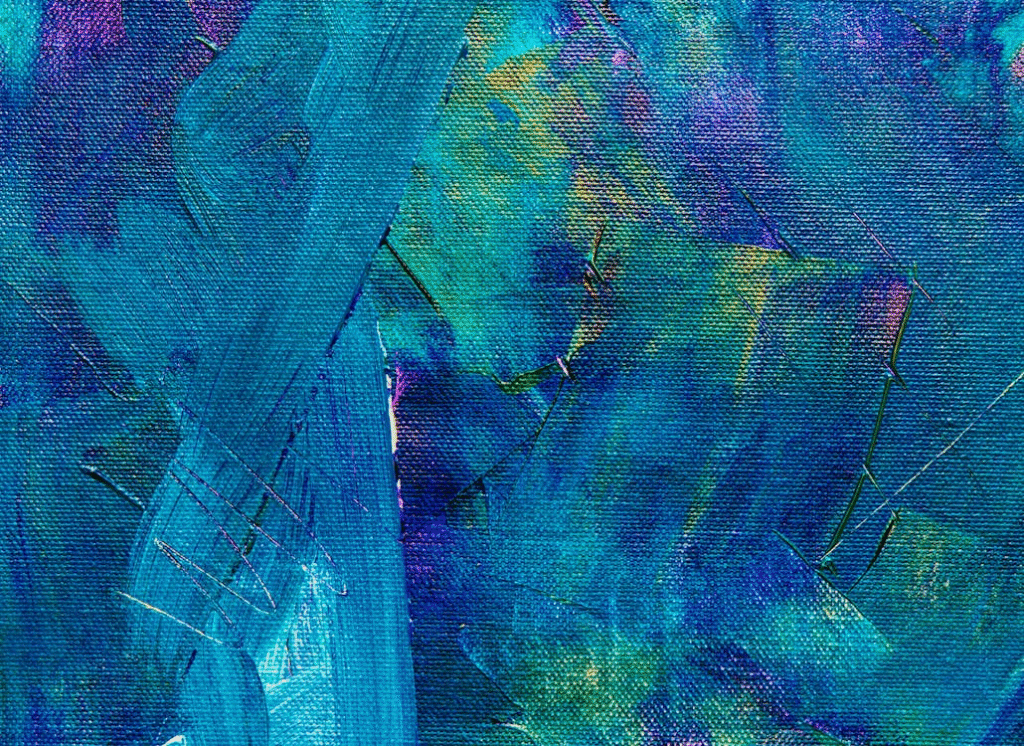
If blue is the color you noticed first, it may signal feelings of sadness and loneliness. Blue often represents calm and serenity, but noticing it can also highlight a sense of lacking these qualities—pointing to emotional challenges related to personal relationships or life’s pressures.
If blue resonates with you, it might be a sign to seek deeper connections or to open up more about your emotions. As Brené Brown wisely says, “Vulnerability sounds like truth and feels like courage. Truth and courage aren’t always comfortable, but they’re never weakness.”
Yellow: Anxiety’s Emotional Hue
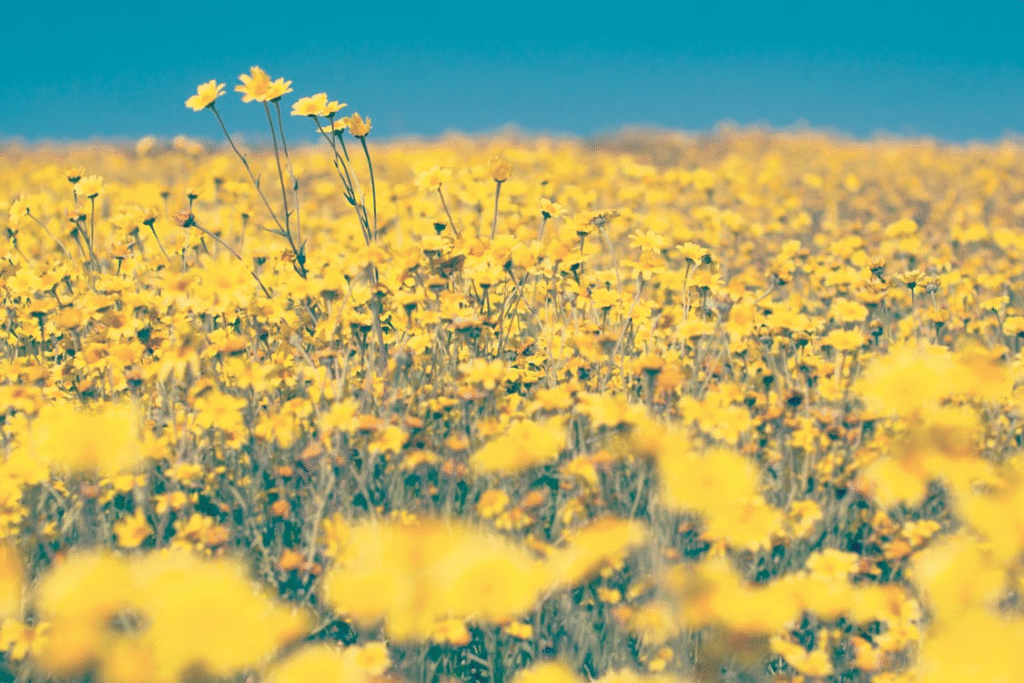
Often associated with cheerfulness and happiness, yellow can sometimes reveal underlying anxiety and fear of the unknown. If yellow was the first color you noticed, you might be grappling with self-doubt, overthinking, or uncertainty about important decisions in your life.
If yellow resonates with you, it could be a sign to pause and find optimism amidst the chaos. As Albert Einstein wisely said, “In the middle of every difficulty lies opportunity.”
Green: The Color of Healing and Inner Struggle

When green catches your eye, it may symbolize a journey of emotional healing and personal growth. Green represents renewal and balance, but it can also point to inner conflicts that still linger—whether related to relationships or self-acceptance.
If you feel caught between moving forward and past wounds, take heart. Remember that healing is rarely a straight path. Allow yourself the grace and time needed, because often, time itself plays a crucial role in the healing process.
Black: Facing the Weight of Unspoken Fears
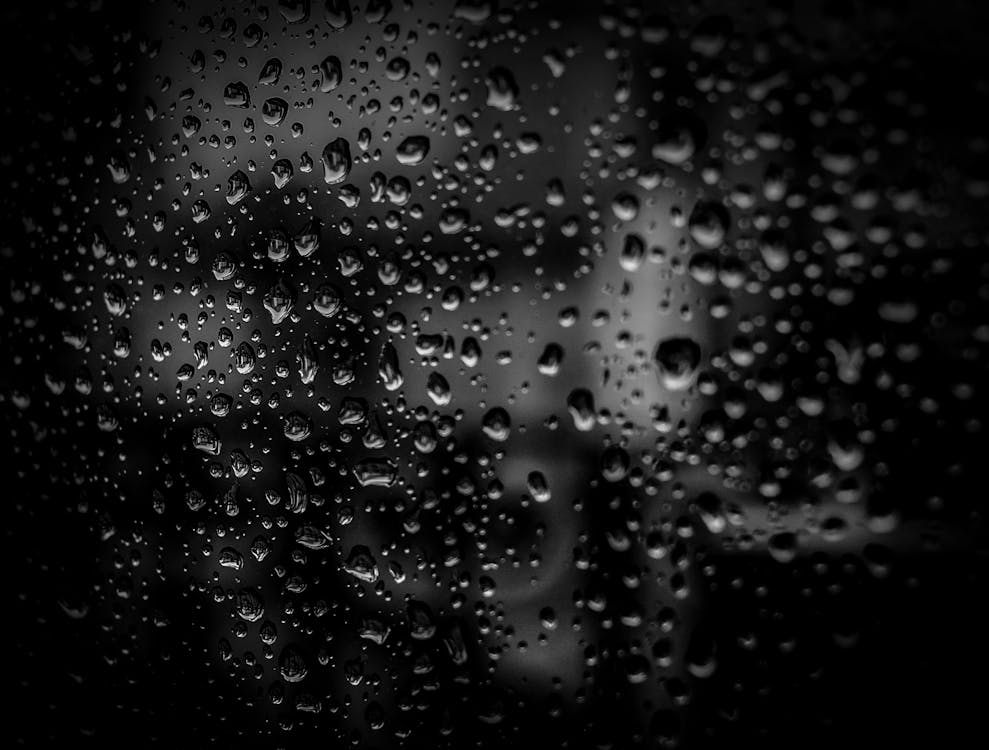
If black is the first color you notice, it may point to heavy unresolved fears and emotional burdens. Black is often associated with trauma, uncertainty, and the subconscious shadows we tend to avoid confronting. While it may feel easier to suppress these feelings, true clarity and growth come from facing your inner darkness directly. As Carl Jung famously said, “One does not become enlightened by imagining figures of light, but by making the darkness conscious.”
Orange: The Bold Hue of Desire and Disquiet

Orange symbolizes your inner fire, ambition, and passion. However, this vibrant energy can sometimes be tinged with restlessness or dissatisfaction, whether in your relationships, career, or life in general. Feeling stuck or unsure about your next move is a common experience.
This moment invites you to harness your genuine enthusiasm and focus on what truly aligns with your goals. Embrace new opportunities with renewed confidence. As Steve Jobs famously said, “The only way to do great work is to love what you do.”
White – A Symbol of Clarity and Fresh Emotional Beginnings.

When white is the first color that captures your attention, it could be a sign that you’re longing for clarity or a brand-new beginning. White often symbolizes peace and simplicity, hinting that you might be feeling weighed down by life’s complications and in need of an emotional reset.
This may be the right moment to pause, reflect, and clear away the clutter in both your surroundings and your thoughts. Rearranging your priorities could help you create the serenity your heart is craving. Give yourself permission to slow down, focus inward, and put your own well-being first.
Purple – Hidden Creativity and Unspoken Emotional Depth
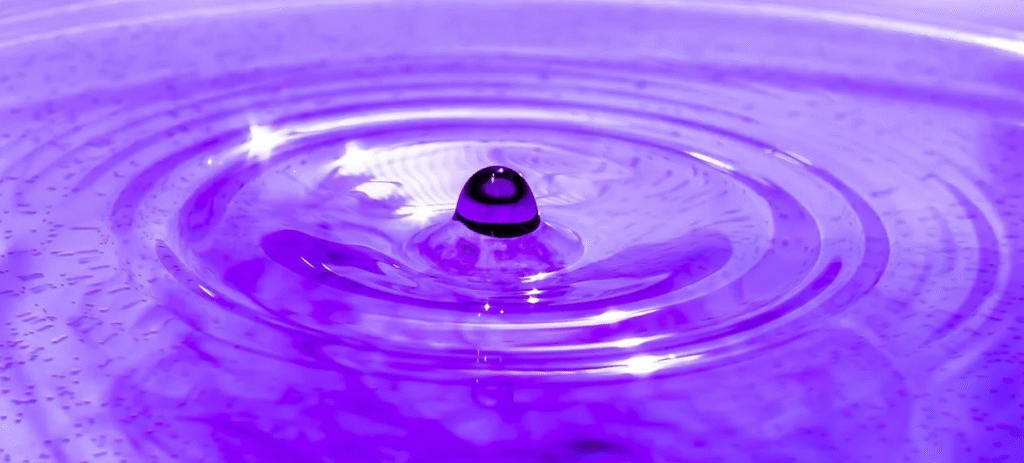
When purple is the first color that catches your eye, it may reflect creativity and emotions you’ve kept hidden, waiting for a chance to surface. Purple is deeply tied to self-reflection, imagination, and passion, often suggesting that your inner desires are being held back, limiting your true self-expression.
Allowing yourself to dive into creative outlets — whether through art, writing, or any form of expression — can help you reconnect with the most authentic version of yourself. As the saying goes, “The creative adult is the child who survived,” reminding us that embracing our inner artist is the key to unlocking emotional depth and self-discovery.
Final Thoughts
The colors we notice first go beyond mere aesthetic preference—they serve as instinctive windows into our subconscious, each revealing emotions or concerns we may be holding inside. Whether it’s anger, suppressed feelings, anxiety, sadness, or a deep yearning for clarity, these hues can subtly influence our mental and emotional well-being.
By acknowledging these instinctive signals, you take a meaningful step toward greater self-understanding and healing. Reflecting on the colors that stand out to you can illuminate the roots of your inner struggles and guide you toward growth and emotional balance.
